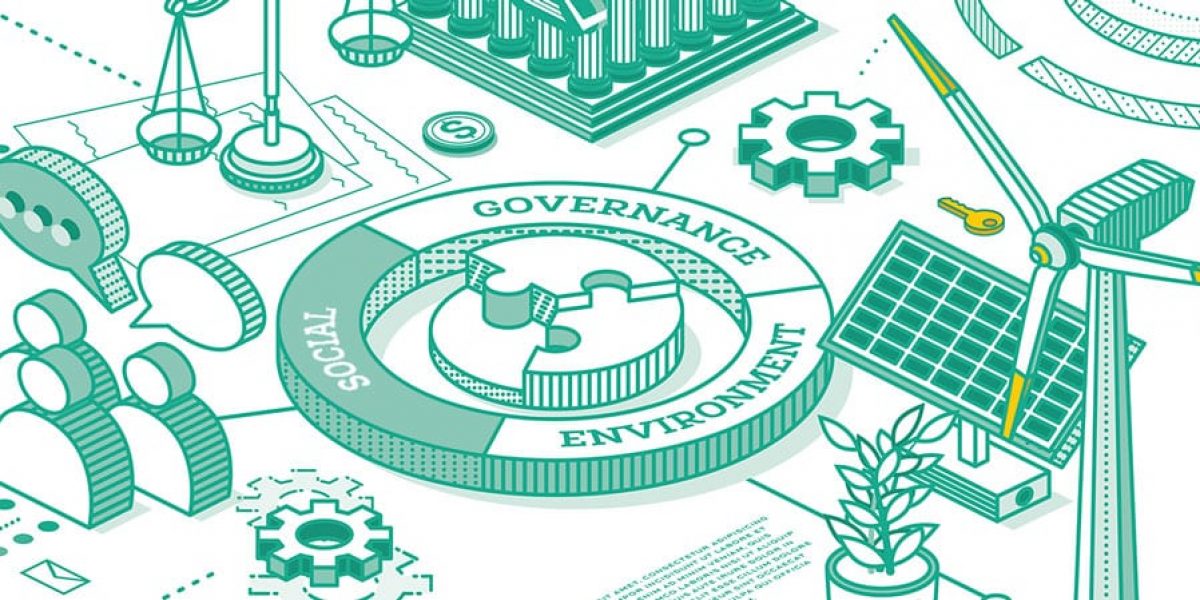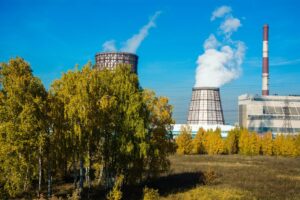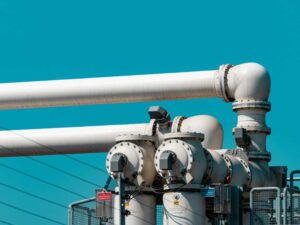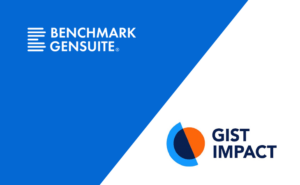With the ‘E’ in ESG often getting so much of the spotlight, especially in the wake of the recent proposed SEC mandates regarding Scope 3 emissions, we were grateful that this May’s 2022 Benchmark Gensuite® Impact Conference gave us an opportunity to speak directly to the ‘S’ in ESG—Social.
Helmed by Benchmark’s Donavan Hornsby (Chief Market Strategy Officer) and Randy Burgdorf (Senior Leader of Strategic Growth & Enablement) the Best Practices & Learning Sessions: Social breakout group explored trends, frameworks, and case studies in a diverse array of topics within the Social landscape; all centered around working toward a safe, secure environment for not only the people in our own organizations, but also throughout our supply chains.
Donavan began by reminding us that “Social” is a big umbrella, encompassing issues such as health & safety, employee relations, supply chain & consumer impact, and human rights. From employee working conditions and diversity, equity & inclusion (DEI) initiatives to anti-slavery and child labor practices, there is a lot to consider when developing Social frameworks. And there’s nothing more important to get right.
Get Free Access to “Best Practices & Learning Sessions: Social” Now
Exploring Internal Social Factors
Social issues within ESG can generally be broken down into two buckets: internal and external factors. Donavan started with an exploration of the internal factors, those that dwell directly within the organization. These include:
- Employee health & safety
- Local community impact
- Diversity and inclusion
- Equal pay
- Learning & development
- Employee benefits
Much like monitoring environmental metrics like greenhouse gas (GHG) emissions, Donavan explained an organization’s social performance is generally being measured using quantitative metrics, including women, minority & LGBTQ employee representation, the gender compensation gap, and reported injuries and days away from work stats.
And, as with environmental standards, these metrics are always evolving, making keeping up to date a task that may seem daunting without the right tools.
“We have membership with GRI, CDP, and others where we’re keeping track of the evolution of those standards,” Donavan explained. “As they get updated year after year, that’ll be something we automatically incorporate into the solution, so you don’t need to worry about monitoring those.”
Donavan touched on the diverse lineup of solutions offered by Benchmark Gensuite® that focus on these internal issues, including our Incident Management, Safety Risk Assessment, Safety Observations, and Med Care tools.
These solutions gain access to the data customers are increasingly asking about and regulatory standards will be demanding: “We anticipate that SASB, GRI, and some of the others are going to start increasing the focus beyond the ‘E’,” Donavan said. “We’re already starting to see that now.”
Social Impacts on Supply Chain
The conversation shifted then to external social factors, much of which focused on the supply chain. As Randy laid out, such issues include:
- Product quality, safety, and responsibility
- Human rights (child labor & modern slavery)
- Responsible Sourcing
Randy explained that while there is presently no comprehensive legal requirement in the U.S. to disclose efforts for evaluating suppliers and monitoring their performance in relation to ESG, American companies are increasingly electing to do so voluntarily. Companies are developing their own supplier codes of conduct and competing for high scores from various third-party ESG ratings agencies and voluntary benchmarks, such as Transparency International.
There is still a wealth of legislation to be taken into consideration. Randy touched on topics including the Dodd Frank Act – Conflict Minerals, the U.K. Modern Slavery Act, the California Transparency in Supply Chains Act, and the Uyghur Forced Labor Prevention Act (UFLPA)— all of which help regulate many of these external ‘S’ issues.
The human rights abuses suffered by China’s Uyghur population addressed in the UFLPA, signed late last year, is of much focus in 2022, Randy told us; and one of the issues getting the most amount of press. Legislation is increasingly being passed to ensure American entities are not funding forced labor among the ethnic minorities in Xinjiang.
For Benchmark, the solutions to mitigate these supply chain risks and ensure product stewardship and sustainability fall within the Benchmark Stewardship® Suite, which Randy explores in-depth. “It’s a suite of products that we can leverage to help you manage your suppliers, manage your parts, send surveys out, potentially audit them on specific items.”
Case Study: Amphenol
We were also lucky enough to be joined by Dakota Carroll, Supply Chain Sustainability Manager at Amphenol, leading supplier of advanced interconnect systems, sensors, and antennas for a growing array of automotive applications with roughly 90,000 employees worldwide.
Dakota walked us through her experience utilizing Benchmark solutions for Amphenol’s supply chain, setting the stage by laying out the enormity of the corporation. “We have over 200 businesses that all operate autonomously,” she explained. “They’re all responsible for their own supply chain programs; they all have their own ERP systems and we have over 200 different email domains. So, a very decentralized business and Benchmark is actually one of the first corporate initiatives we’ve ever used.”
Amphenol launched the Stewardship and Supplier Portal tools to digitize their supplier outreach for a variety of campaigns, including conflict minerals, anti-human trafficking, and supplier code of conduct, Xinjiang. “Now, we have all the data at our fingertips. We can easily collect all our responses from our suppliers in one system and then have all our data accessible to us.”
“This is the first time our business has had this type of data at the corporate level,” Dakota said. “We’ve never been able to get into the individual site’s ERP systems, we’ve never rolled it up at the corporate level. We’re sitting on a wealth of knowledge right now that we’ve never had before.”
Amphenol is now using that data to respond to ESG raters and rankers, communicate with investors, and respond to customer inquiries.
While Phase 1 was collecting data, Dakota explained that they’re now focused on Phase 2: taking action. “The next step for us in terms of our relationship with the Benchmark team is how we can utilize the system to implement those solutions. Not only collecting the data but how we can ultimately impact change.”
Learn More about the ‘S’ in ESG and How to Make an Impact
Access the full session recording to explore all the insights from this panel, including a walkthrough of our Product Steward tool and how it can be leveraged, as well as the latest updates to Product Stewardship & Supplier Portal. Stay tuned for more highlights from this year’s Benchmark Impact 2022 Conference!



